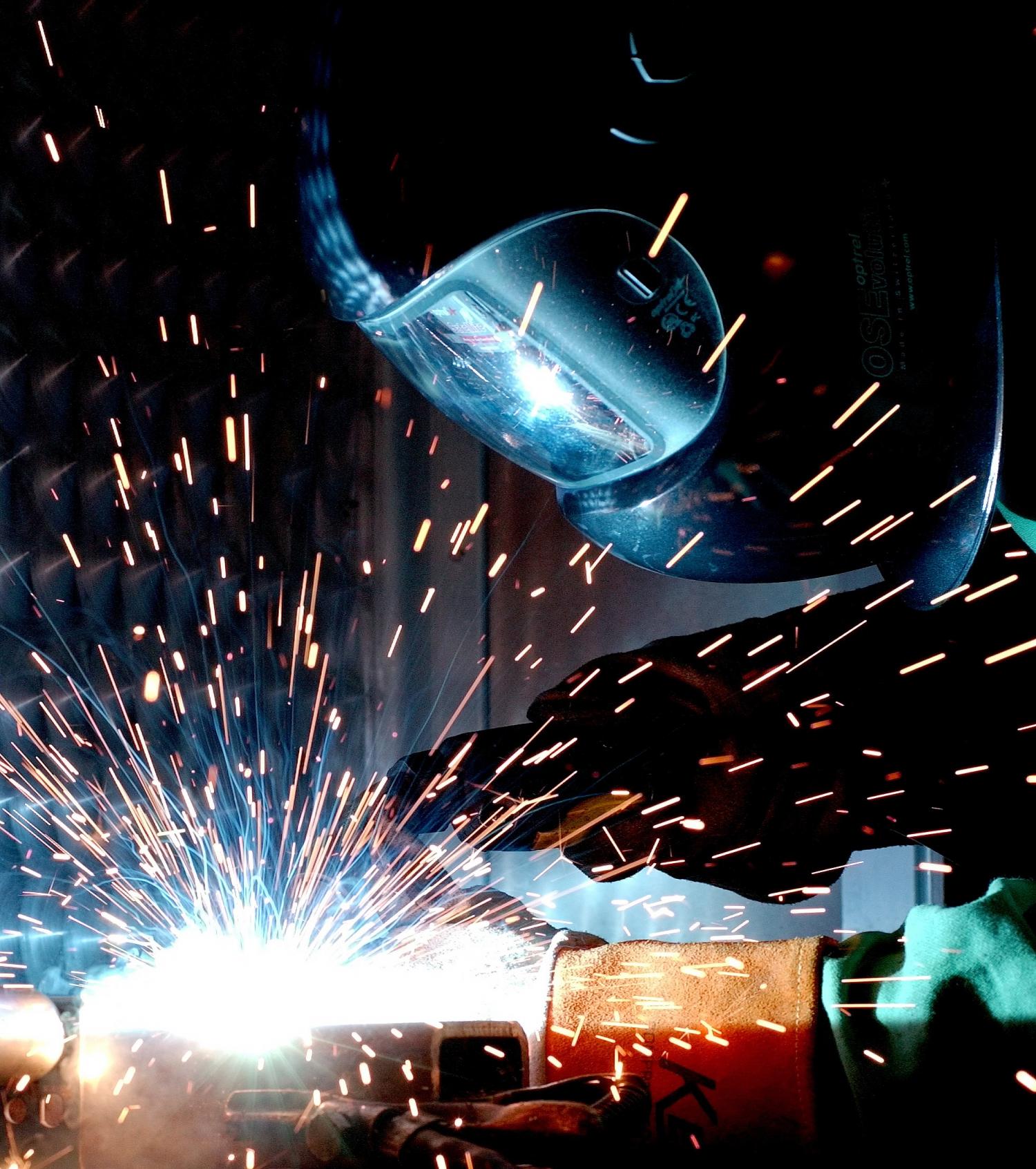
The Future of Welding and Lightweight Vehicles: Making vehicle structures out of a combination of metals and plastics could make them dramatically lighter, stronger, safer and more environmentally friendly than the all-steel or all-aluminum approaches that dominate today.
But how to quickly and cheaply join all those materials together has been a sticky problem. A University of Michigan lab is developing solutions.
The first viable method for welding plastic and metal directly together was recently developed under the leadership of Pingsha Dong, the Robert F. Beck Collegiate Professor of Engineering, and is now reported in the Journal of Manufacturing Processes.
Dong details how his team achieved a feat that was thought impossible for decades. He also discusses an aluminum-steel process that could enable 3D printing of aluminum onto steel.
How could the ability to weld very different materials together improve cars?
The Future of Welding and Lightweight Vehicles: “Computer models show us we can make the structures of cars and light trucks as much as 40% lighter by building them with a combination of metals and plastics. Lighter weight brings a variety of advantages, chiefly better efficiency. Gas-powered vehicles could see better fuel economy, while electric vehicles can get more range. Vehicles with multimaterial structures can also handle better and offer improved safety.”
“The problem is traditionally, the only way to join metal and plastic has been with adhesives or mechanical fasteners, which is too slow and expensive for anything but low-volume specialty vehicles. The processes we’re developing could change that and bring multimaterial vehicle structures and components from the realm of exotics into the mainstream.”
“Our new welding techniques could also improve EV battery packs and enclosures. Today, they’re multilayer structures that are usually held together with adhesives and mechanical fasteners. They’re very difficult to take apart for repair or recycling. Welded battery packs could be taken apart and reassembled much more easily, and they could also be lighter, cheaper to manufacture and easier to keep cool.”
The Future of Welding and Lightweight Vehicles: Original Article
Leister Hosts Certification Classes with Leading Plastic Welding Experts










